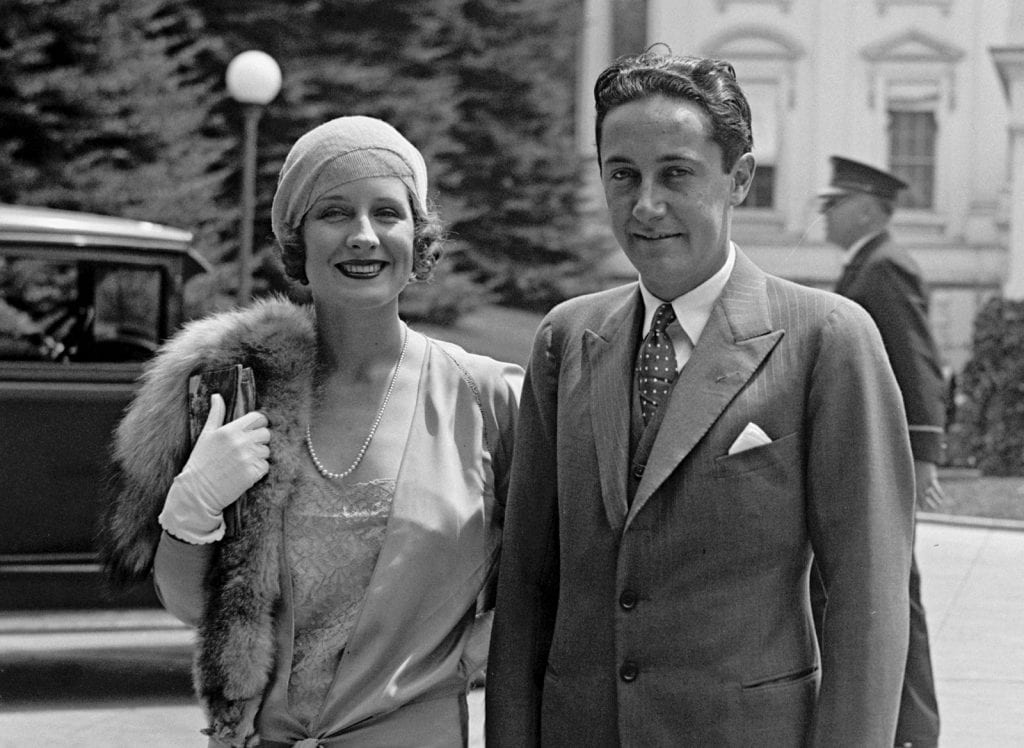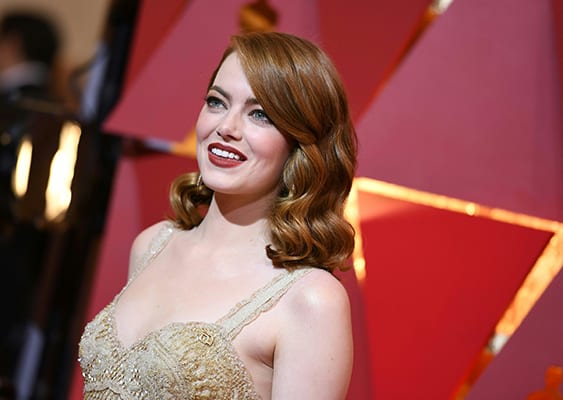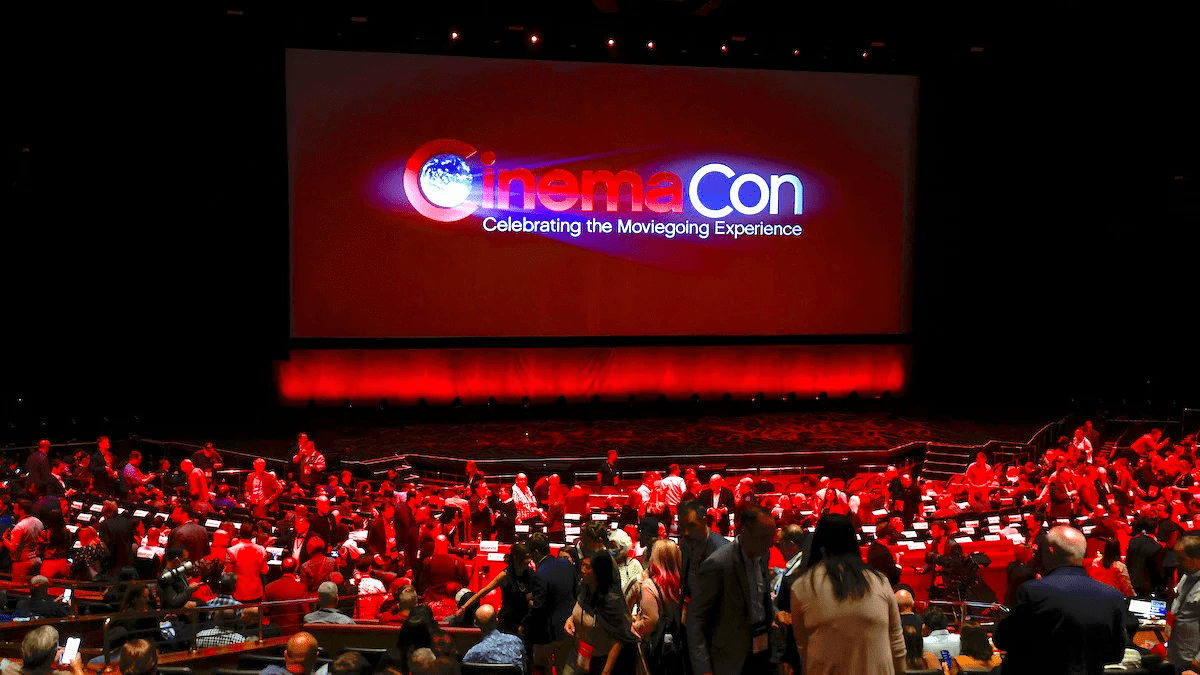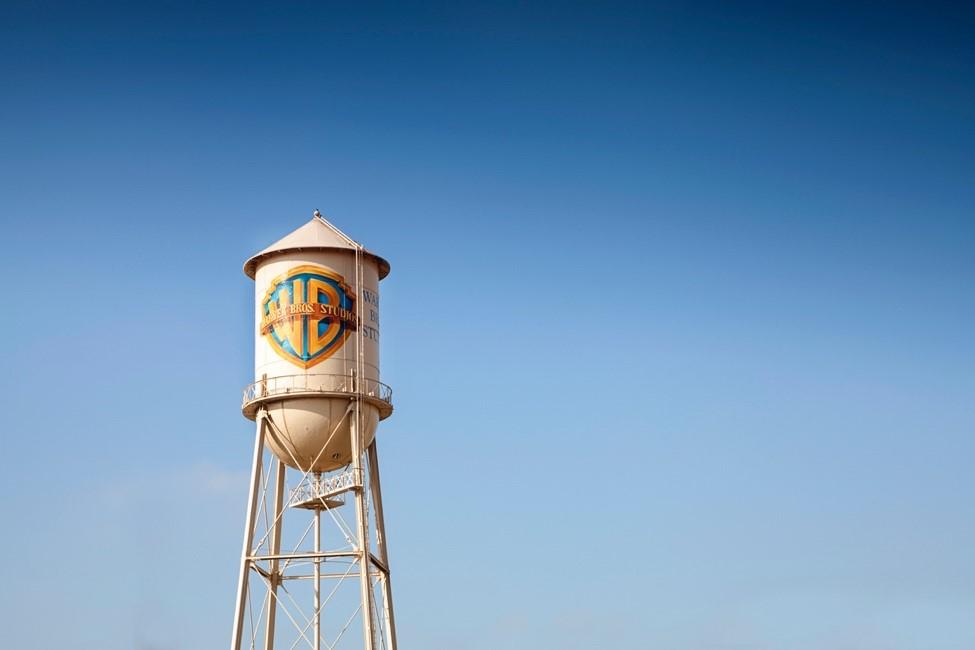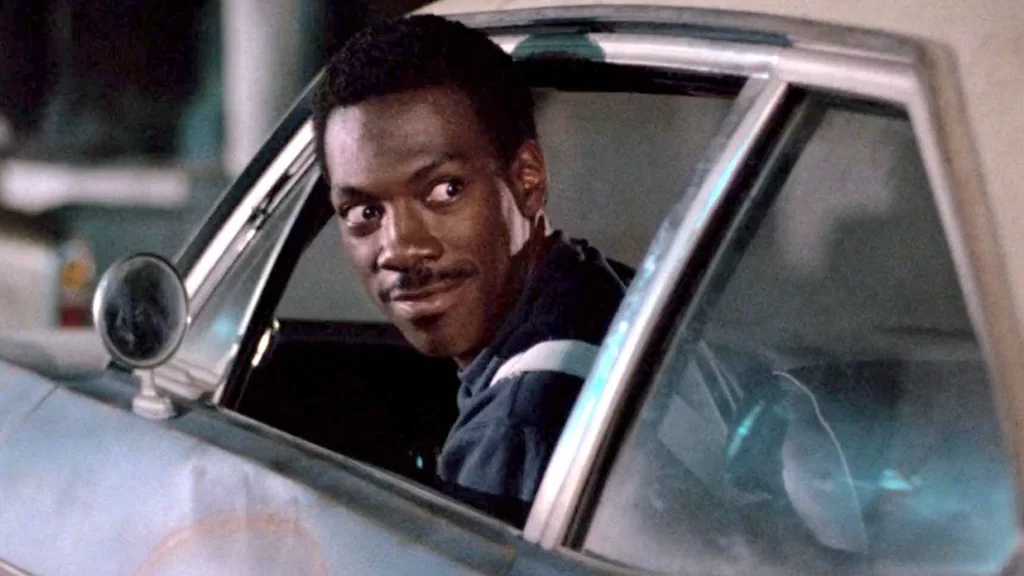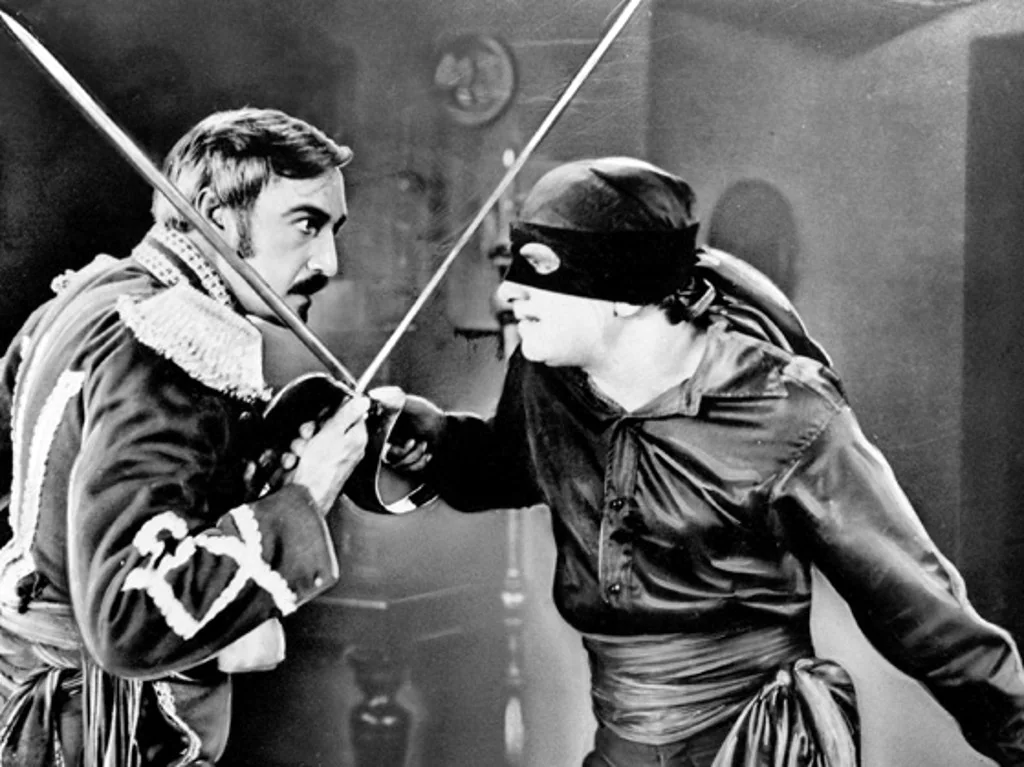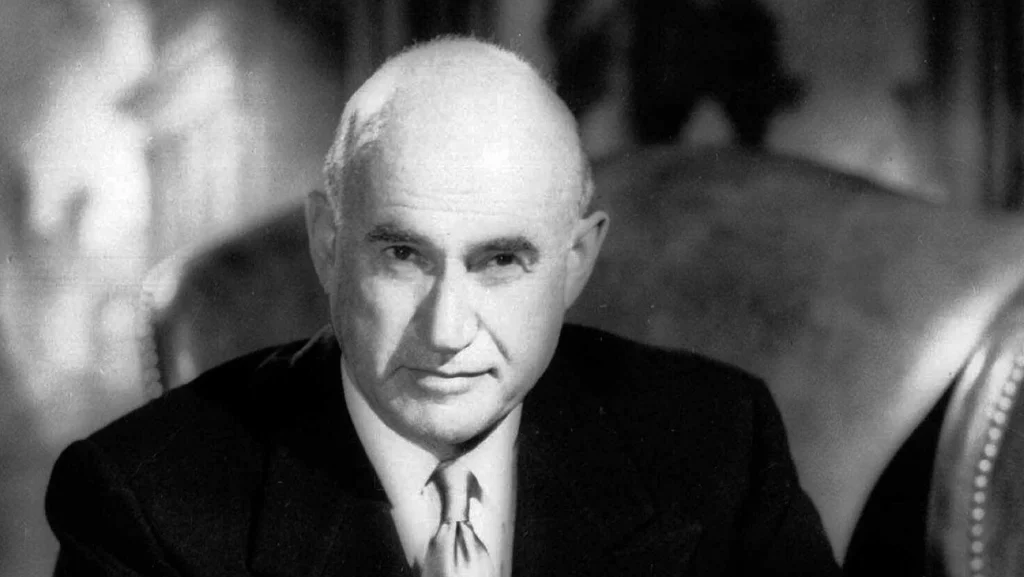Amazon’s $8.45 billion acquisition of MGM is driven by the same need for content that drove the April 1924 merger of Marcus Lowe’s Metro Pictures with the Goldwyn Company.
Lowe, based in New York, owned 111 theatres and needed a steady stream of pictures to play. In 1920 he paid $3 million for Hollywood-based Metro, hoping to get the necessary content. By 1924, that still hadn’t happened. Metro was a small studio without strong management. Lowe was about to shut it down, but while vacationing for his health in Palm Beach he had the good fortune to meet with Goldwyn principal Frank Godsol, who also was there under doctor’s orders. They were brought together by Broadway producer Lee Shubert, who as an investor in both companies knew Goldwyn was in trouble. It’s unclear who gets credit for the idea, but Lowe decided to merge Metro with Goldwyn.
The only problem was who would manage Metro-Goldwyn? Metro had a good distribution department, but nothing else. Goldwyn had an impressive 46-acre studio in Culver City, which it purchased in 1919 for $325,000 for the initial 16 acres. But Goldwyn, too, lacked strong management. Movie producing pioneer Samuel Goldwyn hadn’t been with the company for years, having been forced out by Godson and others. Although it sounds like Goldwyn was named after Sam, Sam had actually changed his name from Goldfish to the better sounding Goldwyn after the company was founded in 1916 and named after its original partners – Goldfish and Edgar & Archibald Selwyn.
Among Goldwyn’s other assets were a production deal with William Randolph Hearst’s Cosmopolitan Pictures; part ownership of Broadway’s 5,300 seats Capitol Theatre, then the world’s largest; and a growling lion logo created years earlier by Goldwyn publicity chief Howard Dietz. Lowe purchased Goldwyn for $4.7 million and paid $600,000 more for Sam Goldwyn’s stock. To run the new venture, he took the advice of attorney J. Robert Rubin and for another $76,500 bought a small independent studio based on the grounds of an East Los Angeles zoo and headed by a former Boston area exhibitor destined to be famous – Louis B. Mayer, whose name soon turned M-G into MGM. With Mayer came his then assistant, Irving G. Thalberg, also destined for greatness as MGM’s production chief. Thalberg, born May 30, 1899, in Brooklyn with a serious heart condition, personally supervised all MGM films until his untimely death at age 38 in 1937.


